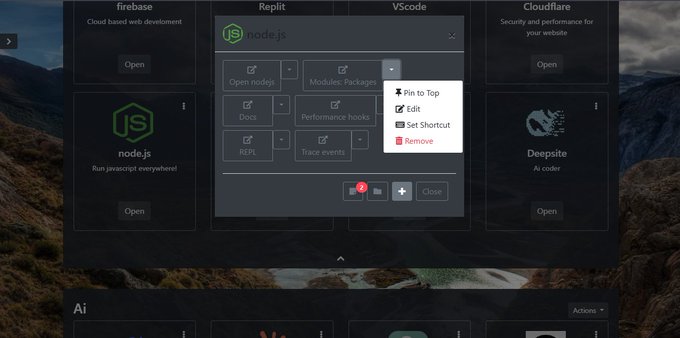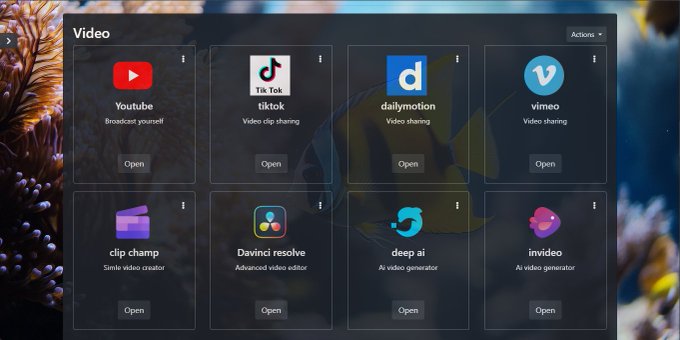Build your next project faster with stackboard
Welcome to stackboard, manage and organize your digital tools
Get Started Learn More
Built for developers
Easily customize boards with all your developer tools like firebase, aws, gihub, and more!
Intuitive design
Featuring a clean modern design to manage you stacks
Integrated aps
In house apps can connect to your toolset

Here's What You Get
Add your apps to organized boards
Pricing
what you get
- 1 user
- Community support
- Style customizer
- Custom components
- Expanded utilities
- Third-party integration
- Layout options
- Up to 15 users
- Email and live chat support
- Style customizer
- Custom components
- Expanded utilities
- Third-party integration
- Layout options
This is an example of the pricing table element that is included with this UI kit!
What is SB UI Kit Pro?
SB UI Kit Pro is a fully coded, responsive, Bootstrap based UI toolkit for developers.
What can I build with SB UI Kit Pro?
Build anything you want to using this UI kit! It is flexible, multipurpose, and full of tools for you to use during development.
Do I get free updates?
All of Start Bootstrap's premium products will come with updates for feature additions, bugfixes, and other small updates.
What frameworks does it integrate with?
Our HTML based pro products are build with framework integration in mind. The compiled code is HTML and CSS, which is able to integrate with any framework.
Save time with SB UI Kit Pro
Start Bootstrap's premium UI Kit beautifully and intuitively extends the Bootstrap framework making it easy to build your next project!
Buy Now!"Lorem ipsum dolor, sit amet consectetur adipisicing elit. Ut error vel omnis adipisci. Ad nam officiis sapiente dicta incidunt harum."
"Adipisci mollitia nemo magnam iure, temporibus molestiae odit, sit harum dolores neque maiores quo eligendi nam corrupti."
Ready to get started?
Get in touch or create an account.